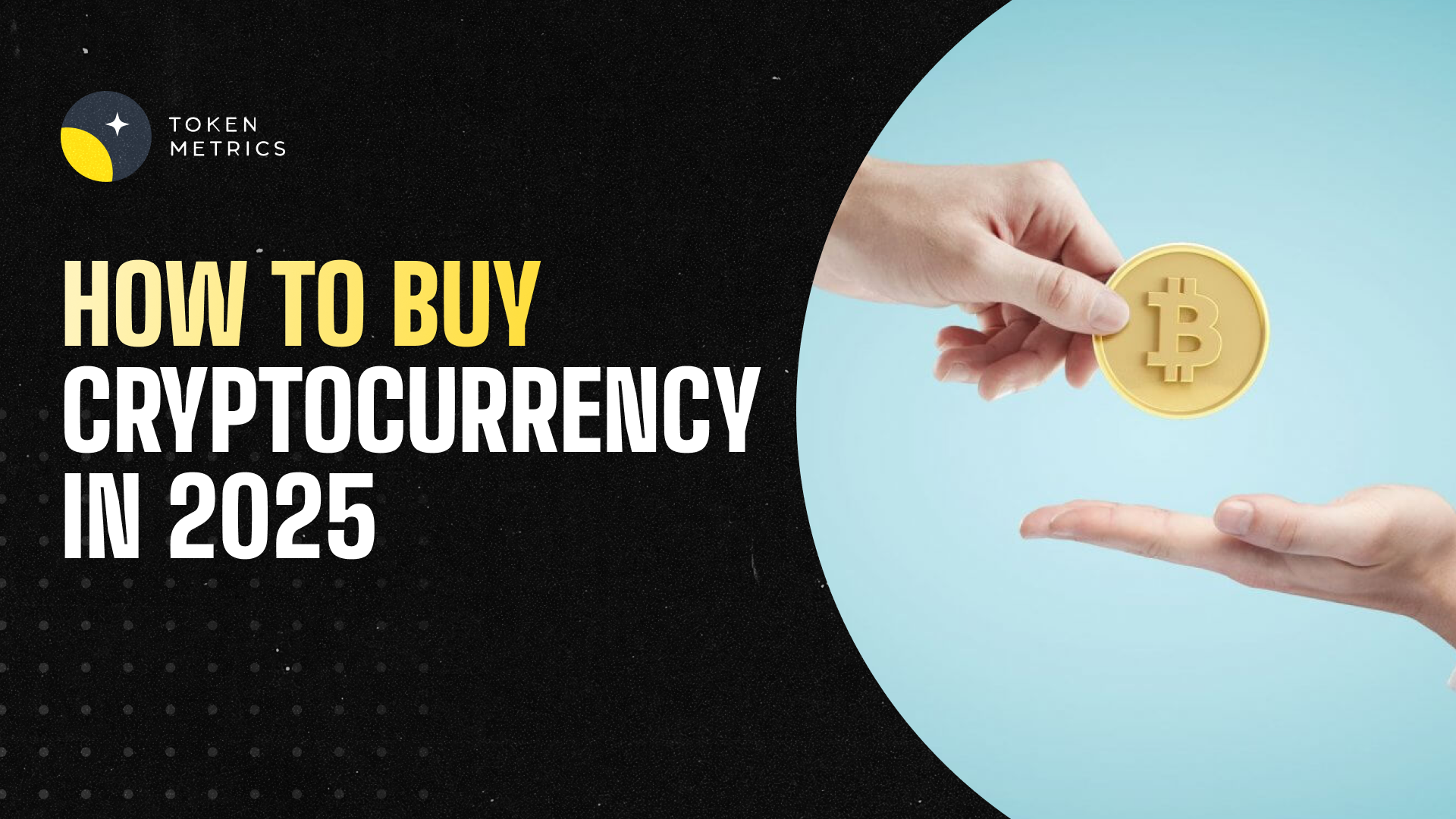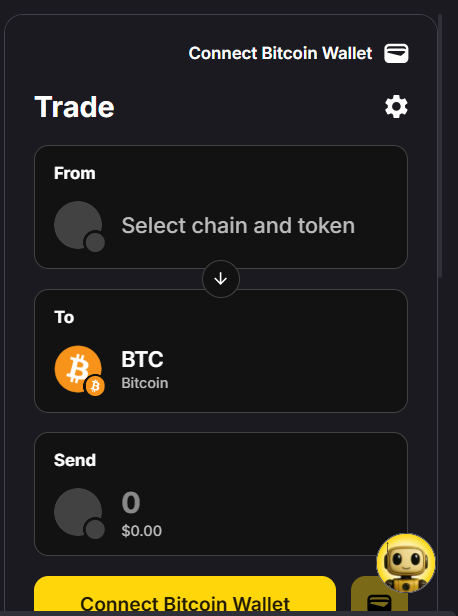
What Is an API? Practical Guide for Developers

APIs (application programming interfaces) are the connective tissue of modern software. Whether you use mobile apps, web services, or AI agents, APIs let systems exchange data and trigger actions without sharing inner code. This guide explains what an API is, how APIs work, why they matter in crypto and AI, and practical steps to evaluate and integrate them.
What is an API? — definition and types
An API is a set of rules and definitions that allow one software program to interact with another. At its core, an API defines endpoints (URLs or RPC methods), expected inputs, responses, and error formats. APIs abstract complexity: a developer can request a price, submit a transaction, or call a machine-learning model without needing the provider’s internal implementation details.
Common API types include:
- REST APIs — Use HTTP verbs (GET, POST, PUT, DELETE) and JSON payloads. Widely used for web services and easy to integrate.
- GraphQL — Lets clients request exactly the fields they need in a single query, reducing over- and under-fetching.
- WebSockets — Support bi-directional, low-latency streams for live updates (e.g., market feeds, chat).
- gRPC / RPC — High-performance binary protocols suitable for microservices or low-latency needs.
How APIs work: protocols, endpoints, and security
APIs expose functionality through well-documented endpoints. Each endpoint accepts parameters and returns structured responses, typically JSON or protocol buffers. Key concepts include authentication, rate limiting, and versioning:
- Authentication — API keys, OAuth tokens, or JWTs verify identity and access rights.
- Rate limiting — Protects providers from abuse and ensures fair usage by capping requests per time window.
- Versioning — Maintains backward compatibility as APIs evolve; semantic versioning or URL-based versions are common.
Security best practices involve TLS/HTTPS, least-privilege API keys, signing of critical requests, input validation to avoid injection attacks, and monitoring logs for unusual patterns. For sensitive operations (transactions, private data), prefer APIs that support granular permissions and replay protection.
APIs in crypto and AI: practical use cases
APIs power many crypto and AI workflows. In crypto, APIs provide price feeds, historical market data, exchange order placement, blockchain node interactions, and on-chain analytics. For AI, APIs expose model inference, embeddings, and data pipelines that let applications integrate intelligent features without hosting models locally.
Use-case examples:
- Market data — REST or WebSocket streams deliver price ticks, order books, and trade history to analytics platforms.
- On-chain access — Node APIs or indexing services offer transaction history, wallet balances, and smart-contract state.
- AI inference — Model APIs return predictions, classifications, or embeddings for downstream workflows.
- Automated agents — Combining market and on-chain APIs with model outputs enables monitoring agents and automated processes (with appropriate safeguards).
AI-driven research platforms and analytics providers can speed hypothesis testing by combining disparate APIs into unified datasets. For example, Token Metrics and similar services merge price, on-chain, and sentiment signals into actionable datasets for research workflows.
How to evaluate and integrate an API: checklist and best practices
Selecting and integrating an API involves technical and operational checks. Use this checklist to assess suitability:
- Documentation quality — Clear examples, response schemas, error codes, and SDKs reduce integration risk.
- Latency and throughput — Measure median and tail latency, and confirm rate limits align with your use case.
- Reliability SLAs — Uptime guarantees, status pages, and incident history indicate operational maturity.
- Data accuracy and provenance — Understand how data is sourced, normalized, and refreshed; for crypto, on-chain vs aggregated off-chain differences matter.
- Security and permissions — Check auth mechanisms, key rotation policies, and encryption standards.
- Cost model — Consider per-request fees, bandwidth, and tiering; estimate costs for production scale.
- SDKs and community — Official SDKs, sample apps, and active developer communities speed troubleshooting.
Integration tips:
- Prototype quickly with sandbox keys to validate data formats and rate limits.
- Build a retry/backoff strategy for transient errors and monitor failed requests.
- Cache non-sensitive responses where appropriate to reduce cost and latency.
- Isolate third-party calls behind adapters in your codebase to simplify future provider swaps.
Build Smarter Crypto Apps & AI Agents with Token Metrics
Token Metrics provides real-time prices, trading signals, and on-chain insights all from one powerful API. Grab a Free API Key
Common implementation patterns
Several integration patterns appear repeatedly in production systems:
- Aggregator pattern — Combine multiple providers to improve coverage and redundancy for market data or on-chain queries.
- Event-driven — Use WebSockets or message queues to process streams and trigger downstream workflows asynchronously.
- Batch processing — Fetch historical snapshots via bulk endpoints for backtesting and model training.
Choosing a pattern depends on timeliness, cost, and complexity. For exploratory work, start with REST endpoints and move to streaming once latency demands increase.
FAQ: What is an API?
Q: What’s the difference between an API and a web service?
A web service is a specific type of API that uses network protocols (often HTTP) to provide interoperable machine-to-machine interaction. All web services are APIs, but not all APIs are web services (some are in-process libraries or platform-specific interfaces).
Q: What is an endpoint in an API?
An endpoint is a specific URL or method that accepts requests and returns data or performs actions. Endpoints are typically documented with required parameters, response formats, and error codes.
Q: How do I authenticate with an API?
Common methods include API keys, OAuth 2.0 flows for delegated access, and JSON Web Tokens (JWTs). Choose mechanisms that match your security needs and rotate credentials regularly.
Q: When should I use WebSockets vs REST?
Use REST for request/response interactions and batch queries. Use WebSockets (or similar streaming protocols) when you need continuous, low-latency updates such as live market data or notifications.
Q: How can I test and sandbox an API safely?
Use provider sandbox environments or testnet endpoints for blockchain calls. Mock external APIs during unit testing and run integration tests against staging keys to validate behavior without impacting production systems.
Q: Are there standards for API design?
Yes. RESTful conventions, OpenAPI/Swagger documentation, and GraphQL schemas are common standards that improve discoverability and ease client generation. Following consistent naming, pagination, and error practices reduces onboarding friction.
Disclaimer: This article is for educational and informational purposes only. It explains technical concepts, implementation patterns, and evaluation criteria for APIs. It is not investment, legal, or security advice. Conduct your own due diligence before integrating third-party services.

.svg)

Create Your Free Token Metrics Account

.png)




%201.svg)
%201.svg)


%201.svg)


















.svg)




.png)